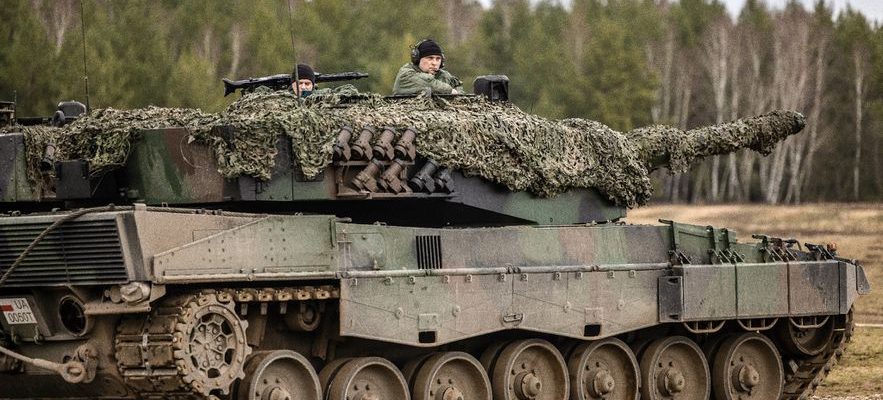With the arrival of fine weather and the end of the rasputitsa (thaw), spring should be accompanied by a new Ukrainian counter-offensive. Announced for months, the kyiv forces are preparing for it thoroughly, relying on their new armored capabilities provided by the West. The objective: to repeat the dazzling success of their attacks last fall and to wrest from the Russians the territories lost at the start of the invasion. A decisive operation for the continuation of the conflict, whatever the outcome.
“An inability of the Ukrainian forces to regain ground would constitute a major psychological defeat for Kiev, as for its Western supporters, warns Tomas Ries, professor at the Higher School of National Defense in Stockholm. This would, on the contrary, be celebrated as a defensive victory. by the Russians, in order to re-motivate their troops.” A success that looks like a consolation prize for Moscow, after the more than mixed results of its winter offensive.
“One Shot Rifle”
Can the modern tanks and armored vehicles supplied recently by the West allow Ukraine to regain the initiative? “Everything will depend on the mass and the logistics that the Ukrainians will manage to gather, explains General Nicolas Richoux, former commander of the 7th Armored Brigade. To break through, it will be essential to manage to concentrate enough tanks and ammunition.” For now, kyiv has received dozens of Leopard 2 heavy tanks, sent among others by Germany, Poland, Canada or Norway. To which are added 14 Challenger 2 tanks provided by the United Kingdom.
Ukrainian and Polish soldiers training on a German Leopard 2 tank on February 13, 2023 in Swietoszow, western Poland
© / afp.com/Wojtek RADWANSKI
“The counter-offensive is akin to a one-shot rifle for the Ukrainian forces: if it does not succeed, they will need time to reconstitute maneuver brigades, estimates General Dominique Trinquand, military expert and former chief of the French mission to the UN. The risk would therefore be to end up with a frozen front for a long period.” Like the conflict that pitted Ukrainian forces against pro-Russian separatists for eight years in the Donbass, before the 2022 invasion.
Consolidated Russian defenses
Worried about the prospect of a possible Ukrainian breakthrough, Russian forces have been consolidating their defenses in recent months. Along the front lines and in the depths of the occupied territories, they dug hundreds of kilometers of trenches to protect their positions, supplementing their fortifications with minefields and thousands of “dragon’s teeth”, concrete blocks deposited on the ground to impede the progress of armored vehicles.
“Russia has now completed three layers of defensive areas over approximately 120 km” in the Zaporizhia sector, the British Ministry of Defense noted on April 12 in a report. “These defenses have the potential to be formidable obstacles, but their usefulness depends almost entirely on supporting them with sufficient artillery and personnel. actual hour.”
Next crucial months
Be that as it may, the next few weeks will be scrutinized carefully by the Western allies. A frontline freeze could be particularly risky for Ukraine. “A failure of the counter-offensive would undoubtedly push certain Western countries to put pressure in favor of the opening of negotiations with Russia, judges General Richoux. This could result in a greater questioning of aid military contribution to Ukraine.” And to offer precious time to Russia to reconstitute its forces exhausted by more than a year of war.
“Conversely, if Ukraine manages to regain territory, this will show Westerners that the military investment is worth it, points out Tomas Ries. This could push them to give more equipment to the Ukrainian forces to maximize their gains. .” And ultimately, facilitate new offensives.
